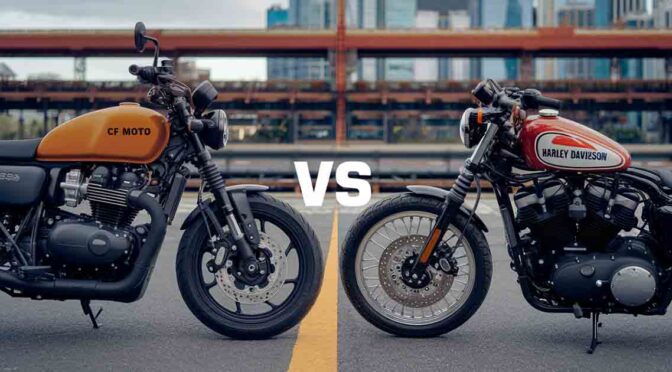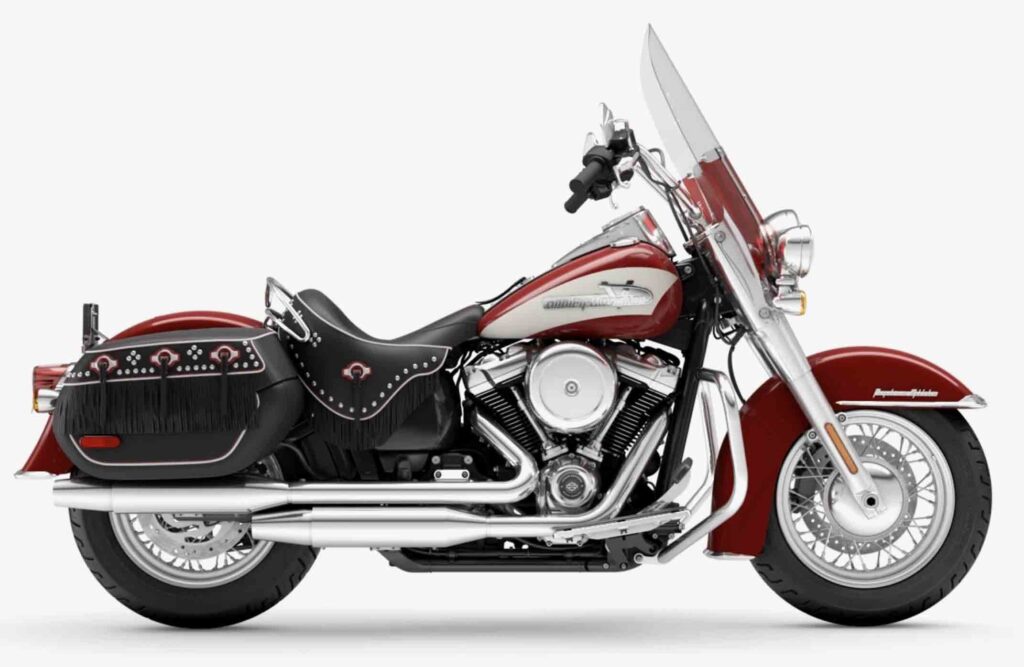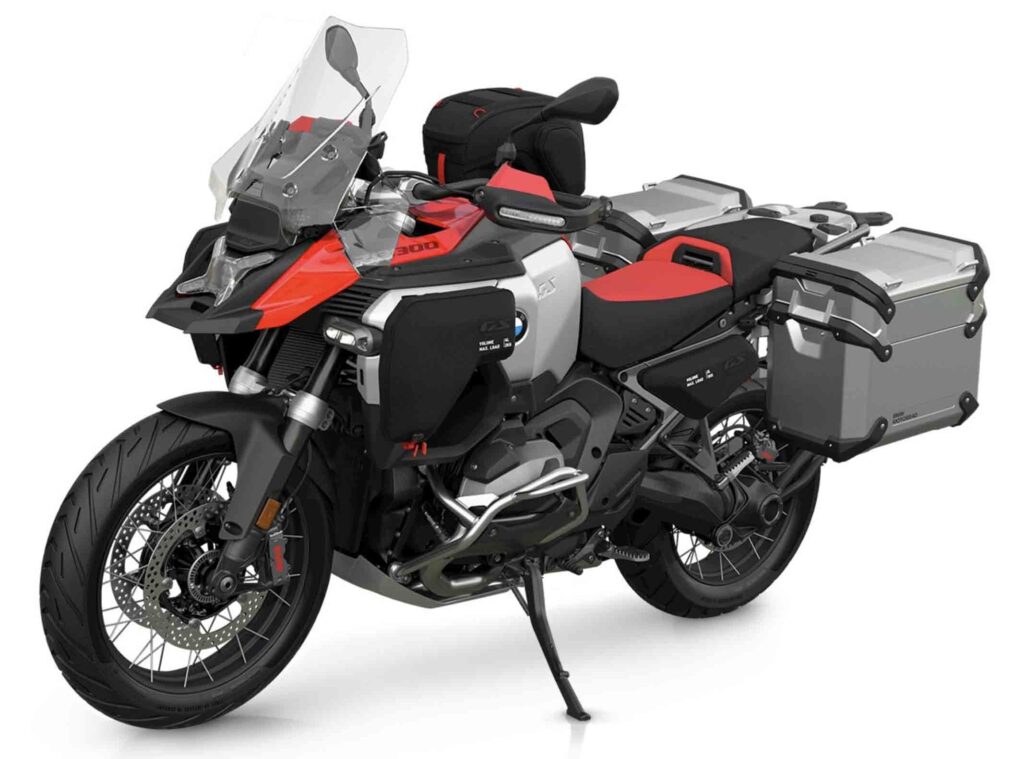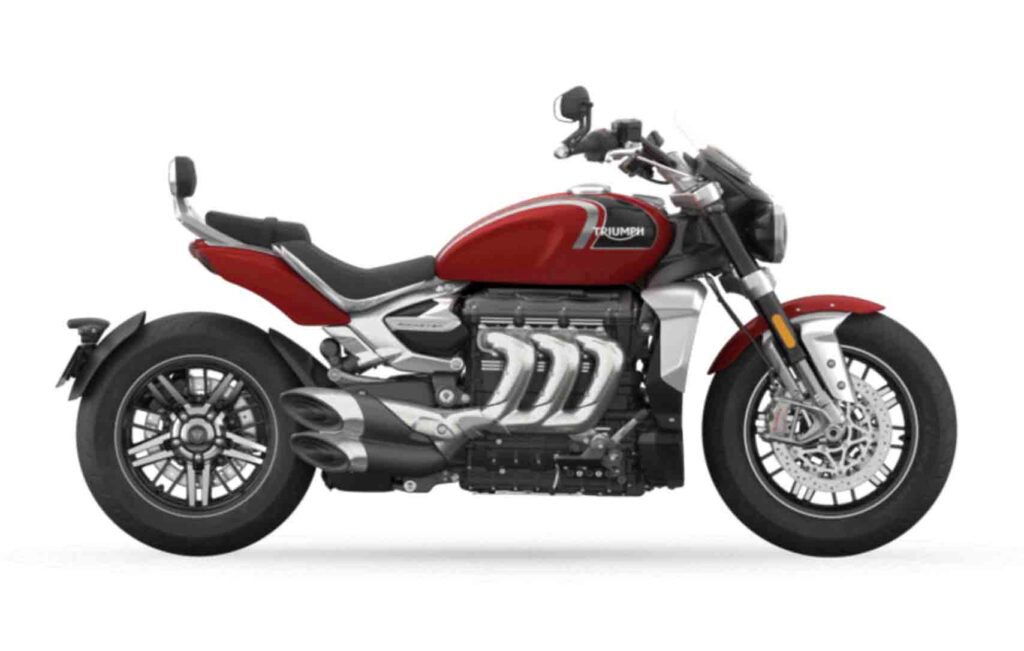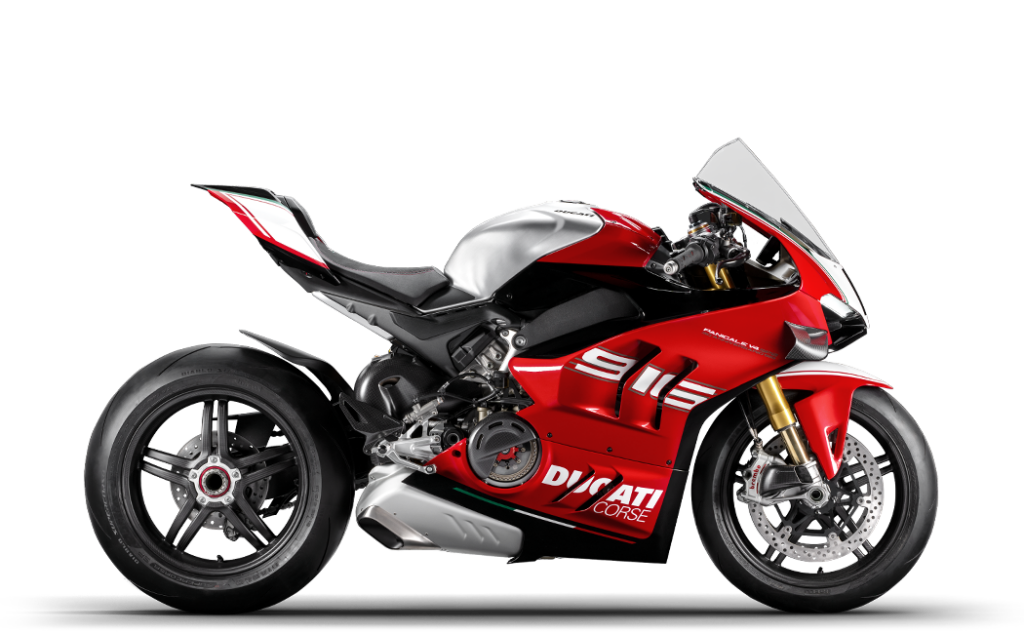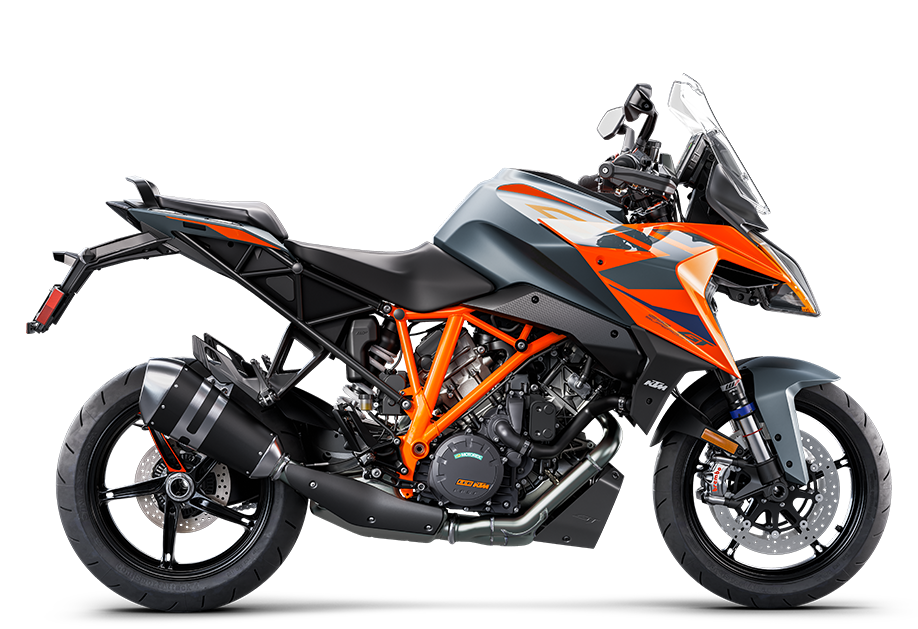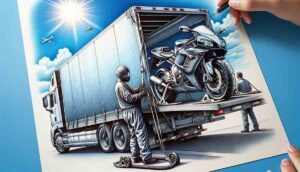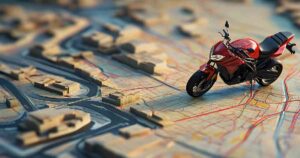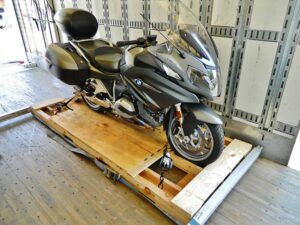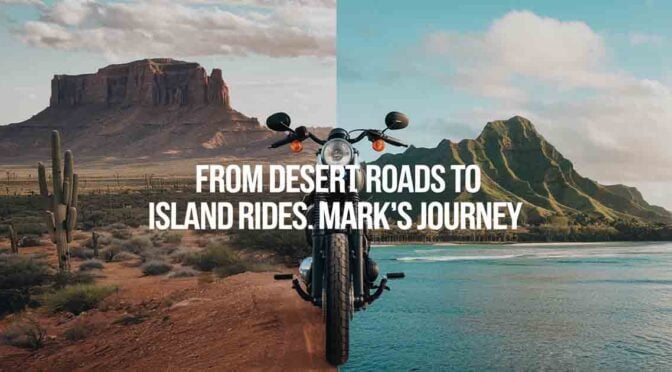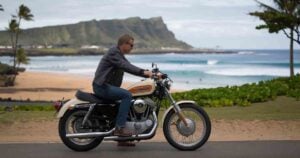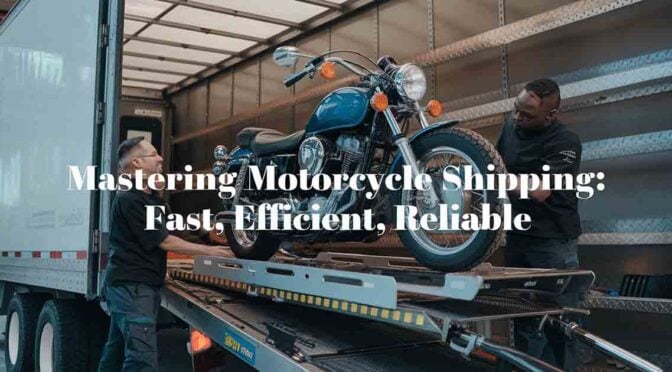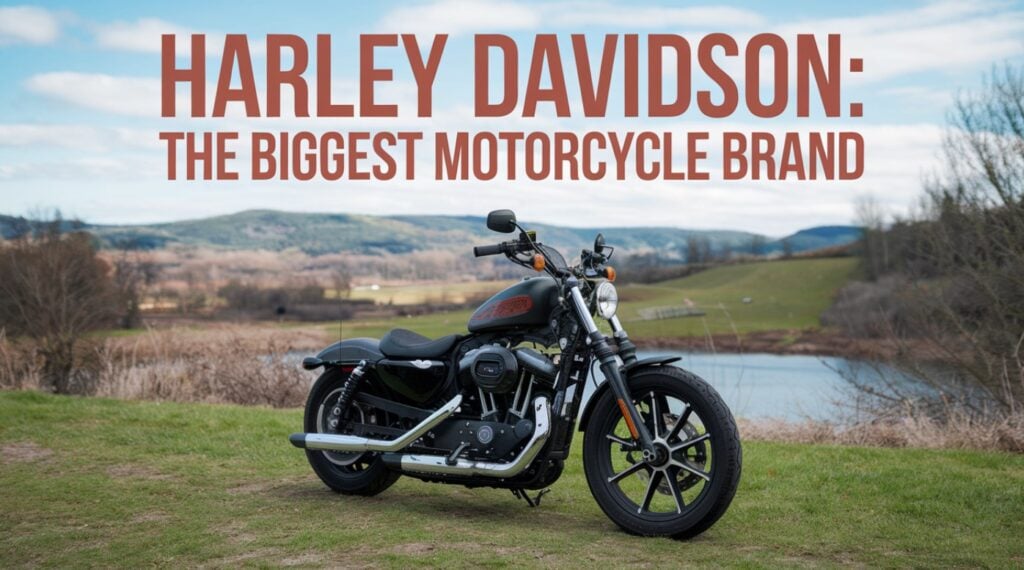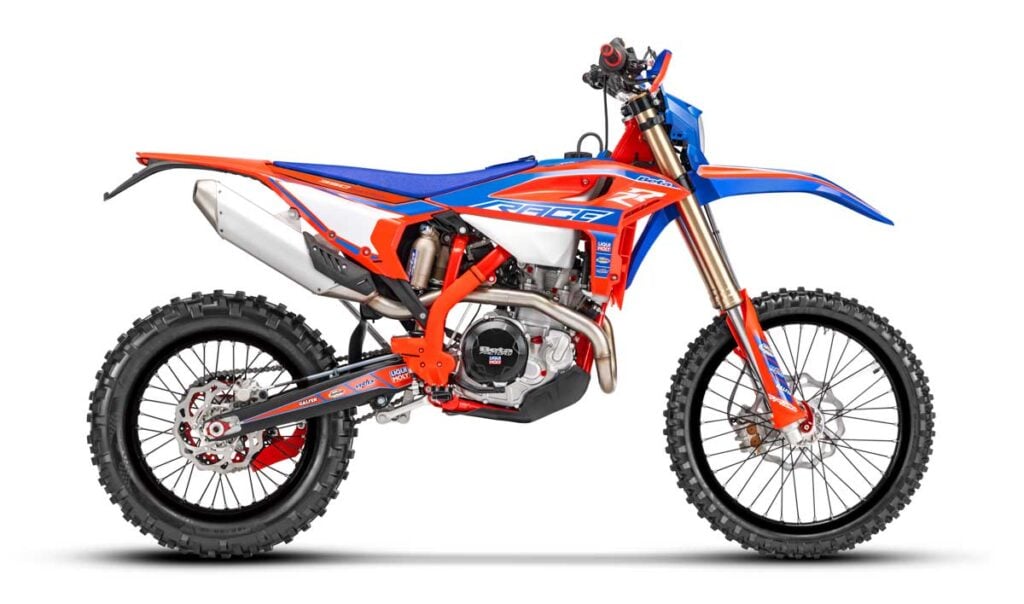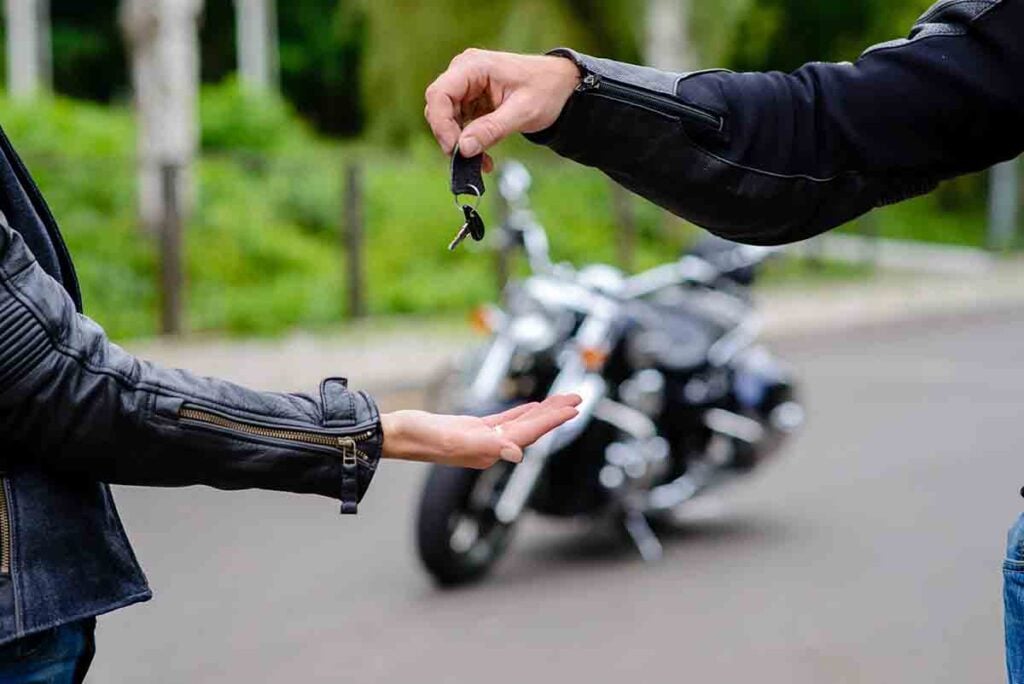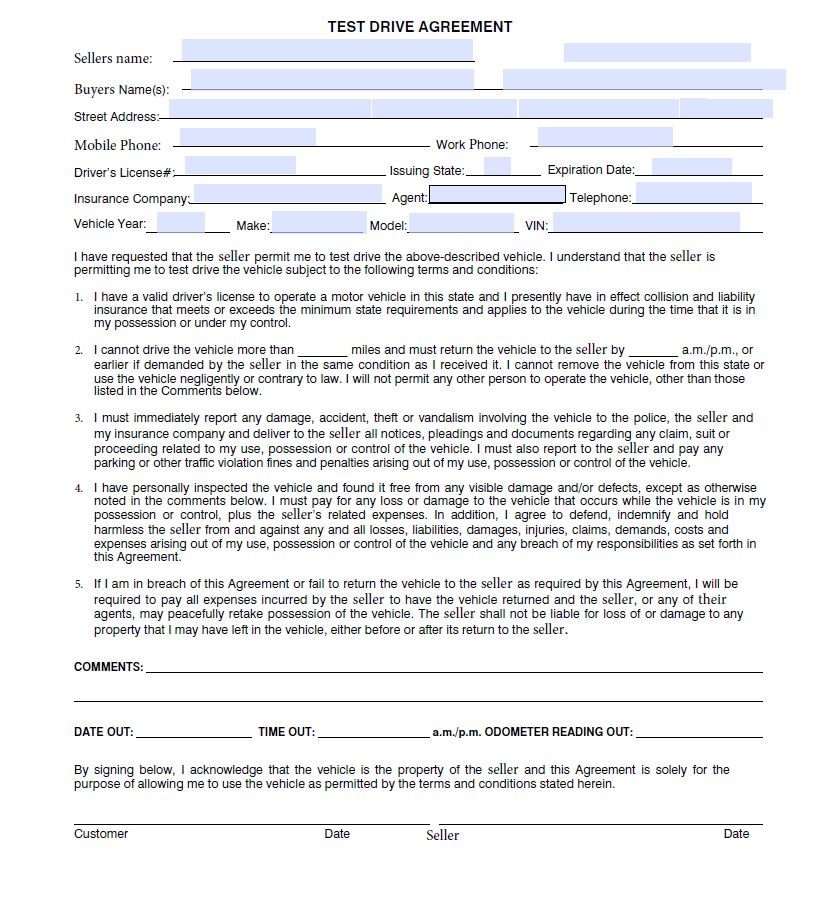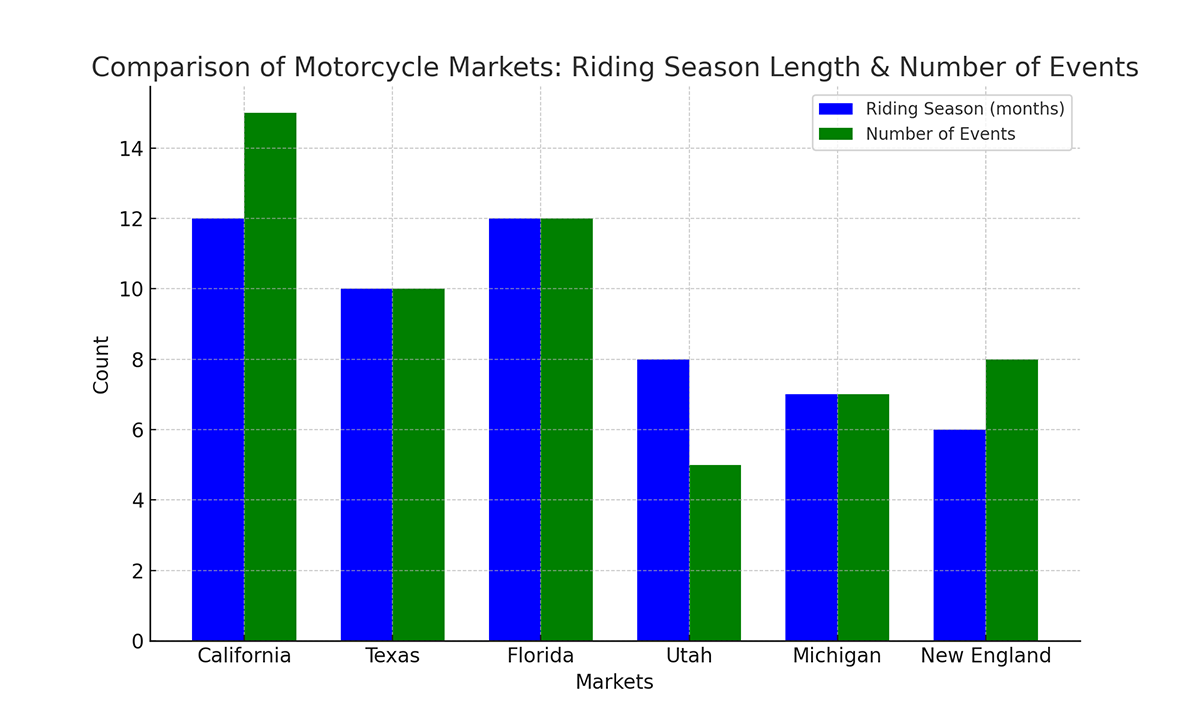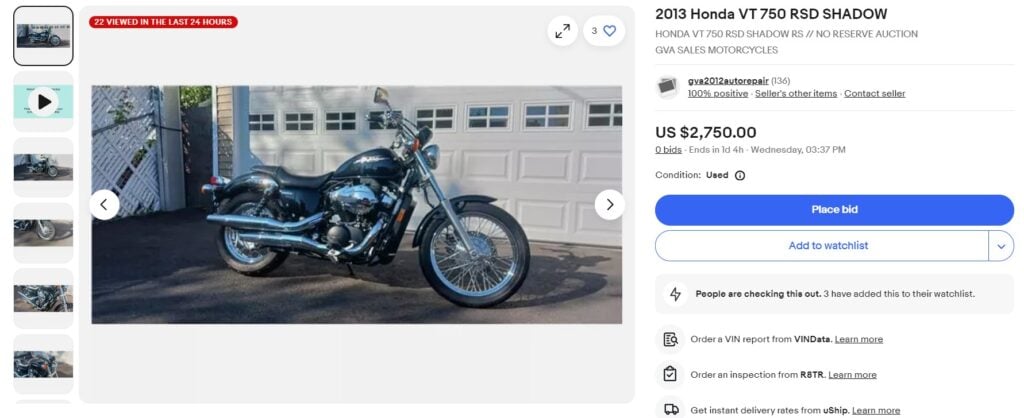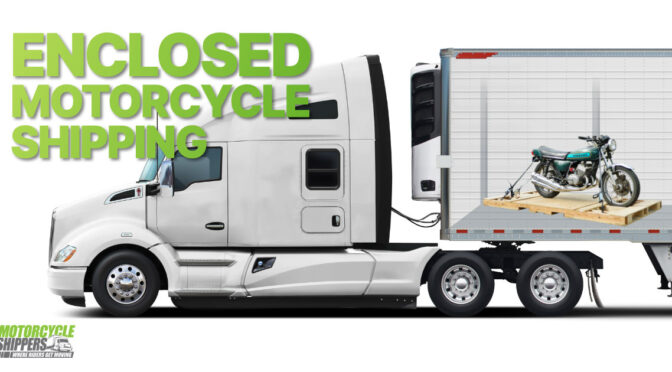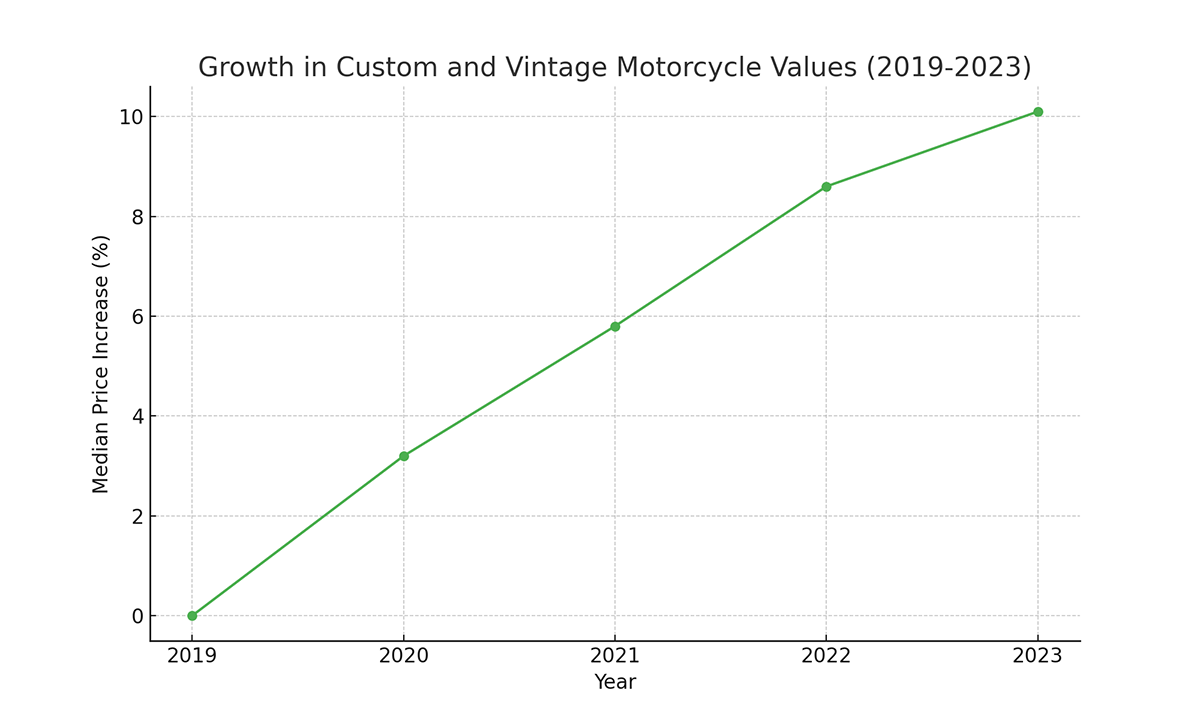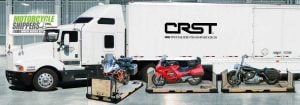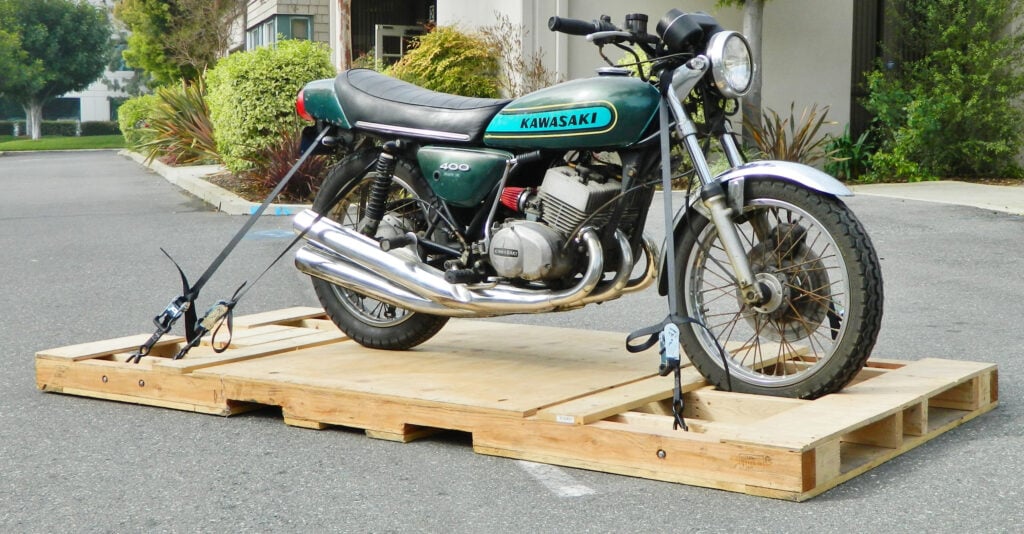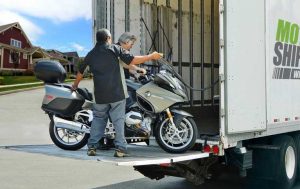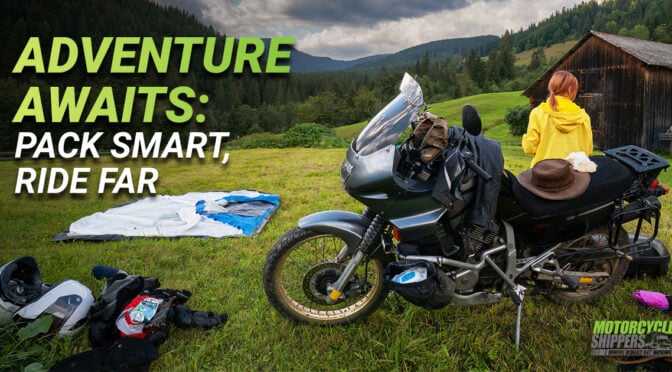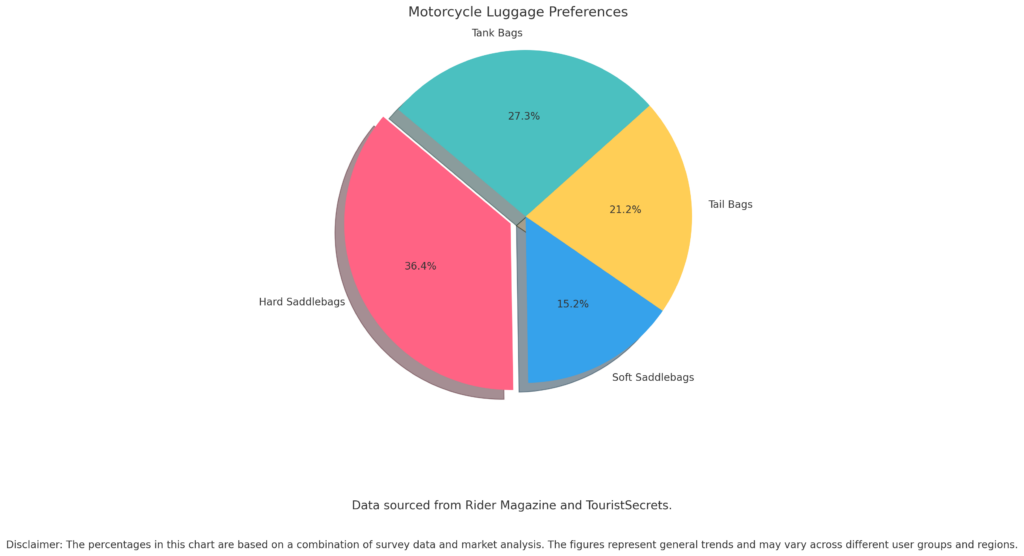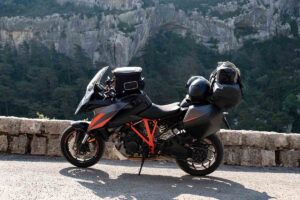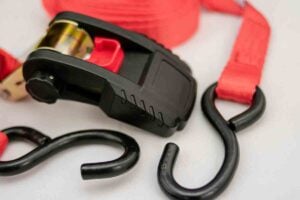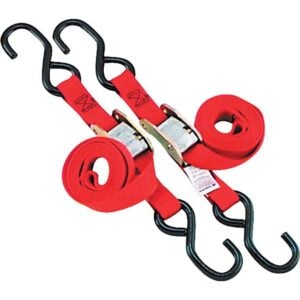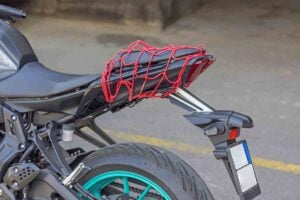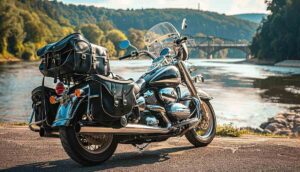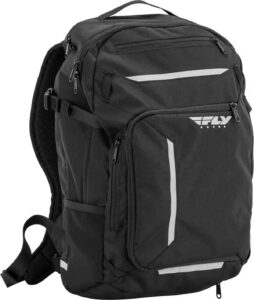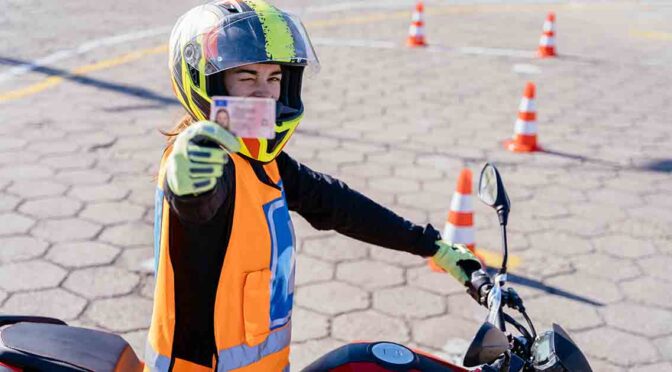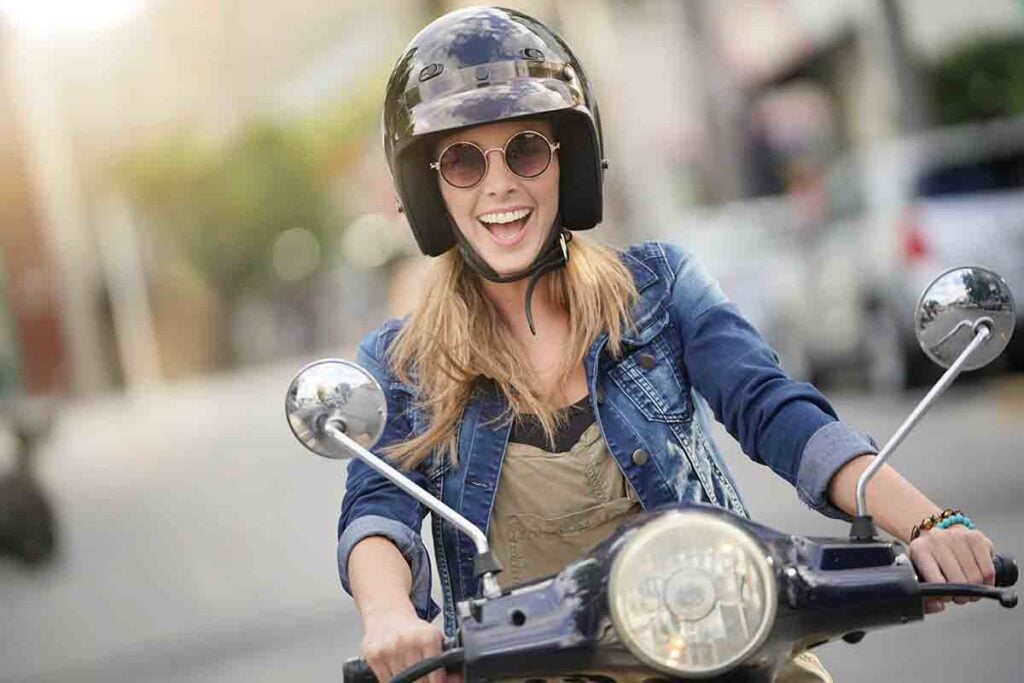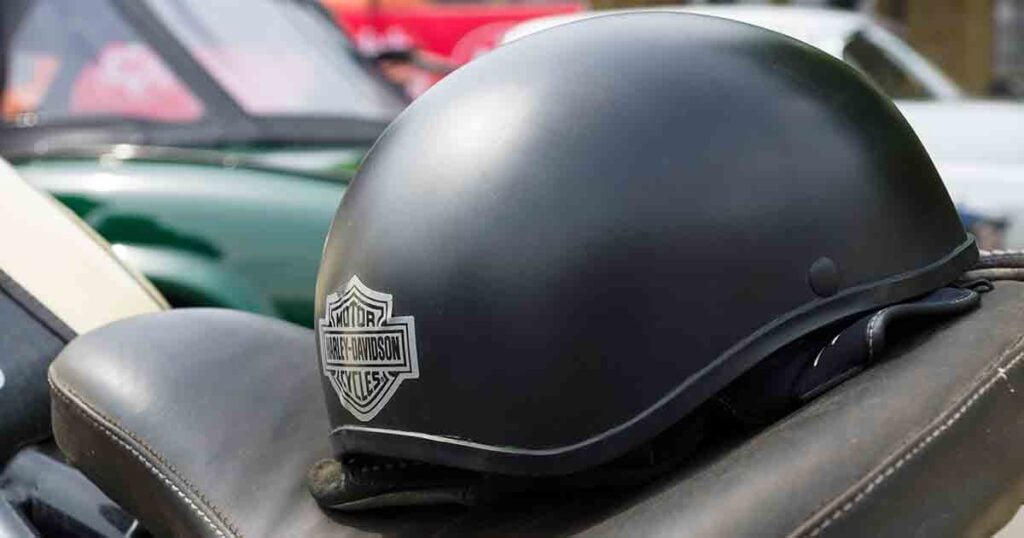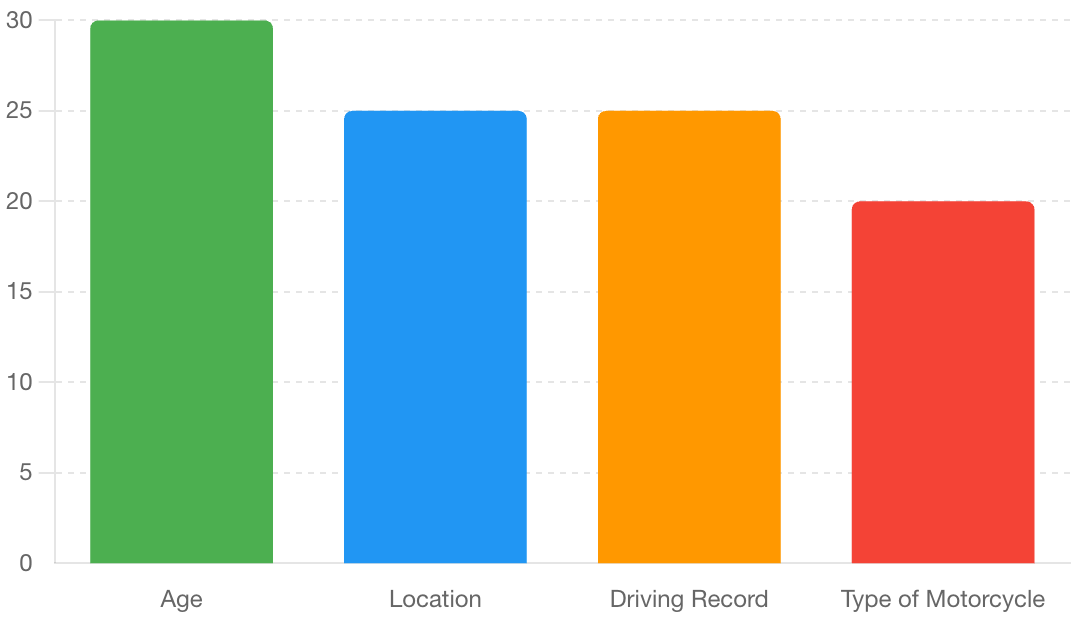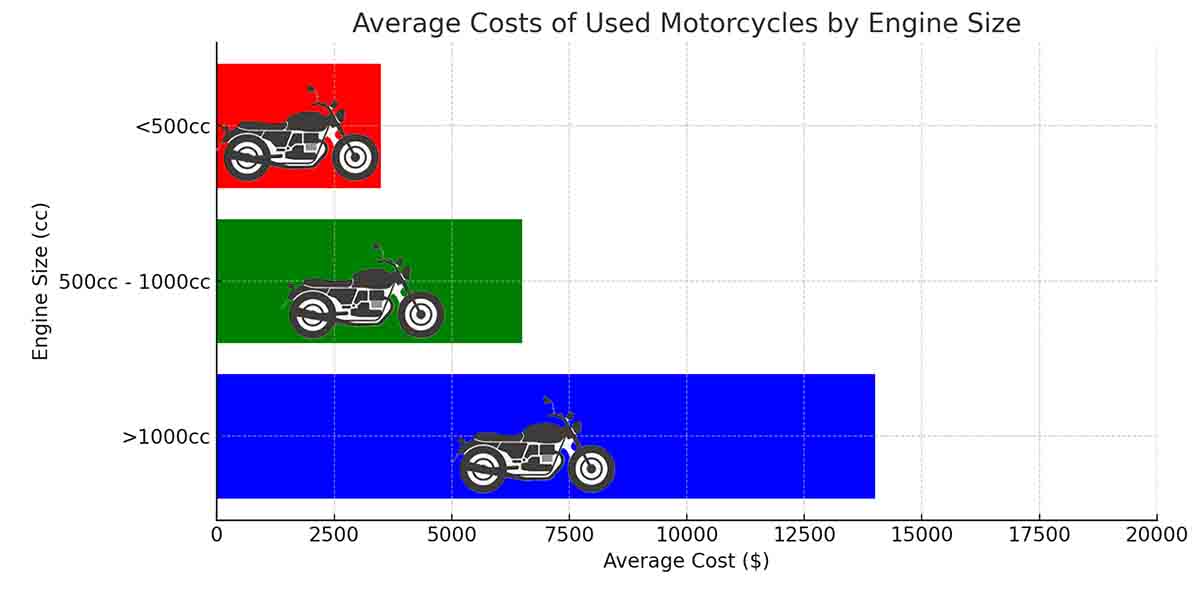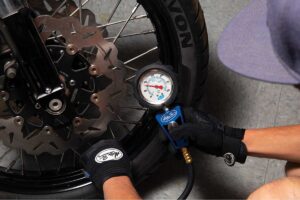Key Takeaways
China is widely recognized as the manufacturing powerhouse of the world, but in the motorcycle industry, the dominance of Chinese brands in Western markets is a newer phenomenon. While large-capacity bikes in the U.S. are still largely associated with Japanese, European, and American brands, Chinese brands are gaining ground, particularly in the budget and entry-level segments. Brands like CF Moto, SSR Motorsports, Kayo, and Benelli (under the Qianjiang Group) have leveraged their affordability to become attractive options for new and budget-conscious riders. If you’re considering shipping one of these affordable motorcycles, check out our affordable motorcycle shipping services to ensure safe and cost-effective delivery.
How Do U.S.-China Tariffs Impact Motorcycle Prices?
As tensions between the U.S. and China continue, tariffs imposed on Chinese goods, including motorcycles, could lead to higher prices for Chinese brands in the U.S. market. President-Elect Donald Trump’s first administration introduced tariffs on many Chinese imports, and his coming administration has discussed additional tariffs of up to 60% on Chinese goods impacting various industries. While these tariffs are designed to protect domestic production, they can affect the affordability of motorcycles from brands like CF Moto and Benelli. Buyers may notice increased costs due to these tariffs, which could make some Chinese motorcycles less competitive compared to their Western counterparts.
Manufacturers and consumers alike should stay informed about ongoing trade negotiations and tariff policies, as these could shape the future of the motorcycle market. Tariffs may create challenges for Chinese brands trying to maintain their low-price advantage while encouraging innovation and efficiency to offset the additional costs.
This article explores how Chinese motorcycles stack up against Western competitors, the cost-saving tactics that make them so affordable, and the unique market gaps that Chinese brands are capitalizing on.
Key Chinese Motorcycle Brands in the U.S.
Several Chinese brands have found a solid foothold in the U.S., offering a wide range of models for different types of riders. Here are some prominent ones:
CF Moto
CF Moto is among the most recognized Chinese motorcycle brands in the West. Known for its partnership with KTM, CF Moto offers bikes ranging from smaller commuter models to larger adventure motorcycles. Models like the CF Moto 650 NK deliver a balance of performance and affordability, thanks to KTM’s influence on their design and engineering.
SSR Motorsports
SSR Motorsports specializes in dirt and street motorcycles at budget-friendly prices. With models like the SR250S dirt bike, SSR provides an affordable way for beginners to get into off-road riding.
Kayo
Primarily focused on off-road and motocross motorcycles, Kayo has models like the Kayo T4 230, which target young or beginner riders. Kayo bikes are simple in design, affordable, and accessible, making them popular for those looking to get into recreational off-road riding.
Benelli
Although Benelli originated in Italy, the brand is now owned by China’s Qianjiang Group. Benelli combines Italian design aesthetics with Chinese manufacturing to offer motorcycles like the Benelli TNT 300 and the Benelli TRK 502. These bikes offer style and decent performance at a lower cost than European or Japanese models.
CSC Motorcycles
CSC imports motorcycles manufactured by Zongshen, a large Chinese manufacturer, and rebrands them for the American market. Their CSC RX4 Adventure model has gained popularity as a low-cost adventure bike.
How Chinese Brands Keep Prices Low
Chinese motorcycle brands keep their products affordable through a variety of cost-saving strategies. Here’s how they manage to sell bikes at prices that undercut Western brands:
Economical Materials and Components
Chinese manufacturers use cost-effective materials that meet the minimum standards for performance and safety but may not match the durability of materials used by premium brands. For instance, while high-end models from Europe or Japan might use aluminum alloys, Chinese brands might use less expensive metals or plastics.
Simpler Engineering and Basic Design
Many Chinese motorcycles have simpler, more straightforward engineering. Instead of cutting-edge technology, Chinese brands tend to use tried-and-true components and designs. For example, the engines used in models like CF Moto’s 650 NK often resemble older designs, which cuts down on R&D costs.
Lower Labor Costs
Labor costs in China are much lower than in the U.S. and Europe, allowing for reduced production expenses. This advantage allows Chinese manufacturers to invest in high-volume production while keeping prices low.
Minimalist Electronics and Limited Safety Features
Chinese brands often omit advanced electronics and safety features to save on costs. ABS, traction control, and other high-tech features are less common, especially in entry-level models. This approach makes the bikes more affordable but may impact the overall riding experience and safety.
Gaps in the Market: How Chinese Brands Find Success
Chinese manufacturers have tapped into specific market needs that established Western brands may overlook. Here’s where they’re finding success:
Affordability for New and Budget-Conscious Riders
High-quality motorcycles from brands like Honda, BMW, and Harley-Davidson are often priced out of reach for new riders. Chinese brands like SSR, Kayo, and Benelli offer affordable entry-level options, making them popular among those who want to experience motorcycling without a major financial investment.
Focusing on Small to Mid-Size Engine Capacities
Chinese brands have found a niche by focusing on smaller, fuel-efficient engines that are ideal for commuting and short trips. Models like the Benelli TNT 300 and CF Moto 300NK are good for city riding, where affordability and efficiency are more important than high horsepower.
Meeting the Demand for Affordable Off-Road Options
The rising interest in off-road and recreational riding has opened up an opportunity for Chinese brands like SSR and Kayo. Their lower-priced dirt bikes are attractive to younger and beginner riders, who want to try off-roading without investing in a high-end machine.
Leveraging Western Partnerships
Chinese brands like CF Moto have gained credibility by partnering with established Western companies, such as KTM. These collaborations provide technology and engineering expertise that helps Chinese brands improve quality and appeal to a broader market.
Catering to the Adventure Segment
Adventure motorcycling is a fast-growing trend, and Chinese brands have begun catering to this market with models like the CSC RX4 Adventure. While not as refined as premium adventure bikes, they offer an affordable way for riders to experience adventure touring.
Quality and Performance: How Do Chinese Bikes Measure Up?
While Chinese motorcycles have seen improvements in recent years, they often lag behind Western brands in certain areas of quality and performance:
Engine Power and Efficiency
Chinese motorcycles generally provide adequate power for casual use but may not match the refinement or output of European or Japanese engines. For instance, the engine on a CF Moto 650 NK might be suitable for city riding or light touring but lacks the high performance of a Kawasaki or Honda equivalent.
Build Quality and Durability
Brands like CF Moto and Benelli have improved their build quality, but many Chinese motorcycles still have basic components that may wear faster under heavy use. For instance, suspension and braking systems on entry-level models may not be as durable or responsive as those on premium brands.
Handling and Safety Features
The lack of advanced engineering in some models can result in handling and comfort that fall short of high-end brands. While many Western motorcycles come with advanced features like ABS and adjustable suspension, Chinese bikes often feature more basic setups, which may limit performance and handling precision.
Pros and Cons of Choosing a Chinese Motorcycle
Whether a Chinese motorcycle is the right choice depends on the rider’s needs, budget, and expectations. Here’s a summary to help you decide:
Pros
- Affordability: Chinese motorcycles offer a cost-effective entry point, especially for new riders or those with budget constraints.
- Accessibility: With options ranging from dirt bikes to adventure models, Chinese brands cater to diverse riding interests.
- Partnerships: Collaborations with Western brands improve quality and expand technological capabilities for brands like CF Moto.
Cons
- Limited Advanced Features: Many Chinese bikes lack safety features and advanced electronics commonly found on Western models.
- Build Quality: While improving, the durability and overall build quality can vary, especially with less established brands.
- Lower Resale Value: Chinese motorcycles generally have a lower resale value, which can impact long-term ownership costs.
Positive Impacts on the Motorcycle Industry
Increased Accessibility and Affordability
Chinese brands like CF Moto, SSR Motorsports, and Kayo have made it easier for new riders to enter the world of motorcycling. With starting prices significantly lower than those of established brands, these manufacturers offer a more affordable entry point, making motorcycles accessible to a wider demographic. This increased accessibility can grow the overall rider community, potentially leading to higher demand for related products, services, and events in the long term.
Diverse Options for Consumers
The rise of Chinese brands adds variety to the market, giving consumers more choices across different price ranges and styles. Budget options from Chinese manufacturers complement the higher-end bikes from established brands, allowing riders to choose based on their specific needs, budget, and experience level. For instance, Chinese brands offer a wide range of small-displacement models, commuter bikes, and entry-level adventure options that fill gaps not always addressed by Western and Japanese companies.
Increased Competition Drives Innovation
With affordable alternatives from Chinese manufacturers, established brands may feel pressure to innovate and enhance their own value propositions. This competition can lead to improvements in product quality, technology, and after-sales services as companies strive to offer unique features and benefits that justify their higher prices. Increased competition may also encourage established brands to consider budget-friendly models, providing an affordable tier for new riders.
Strengthened Global Partnerships
Some Chinese brands have developed partnerships with established companies, such as CF Moto’s collaboration with KTM. These collaborations benefit both parties, allowing Chinese brands to access advanced technology and engineering expertise while Western brands benefit from reduced manufacturing costs and expanded distribution channels. These partnerships are fostering a more interconnected, globalized motorcycle industry.
Potential Downsides for the Motorcycle Industry
Concerns Over Quality and Durability
One of the most significant criticisms of Chinese motorcycles is that they often prioritize affordability over quality. While brands like CF Moto and Benelli have made strides in improving build quality, the reputation of some Chinese models for being less durable can affect the perception of motorcycling as a whole. Riders who have a poor experience with a low-quality bike may be discouraged from further participation in the motorcycle community, which could negatively impact the industry in the long term.
Pressure on Established Brands
Established motorcycle brands like Harley-Davidson, Honda, and Yamaha face new competition as Chinese brands take up more market space. These established companies, which rely on premium pricing and brand loyalty, may feel pressured to lower prices or introduce budget models, which could affect their profitability. For some iconic brands, this could mean adjusting production processes or shifting focus away from premium segments, which may impact brand perception among loyal customers.
Potential Oversaturation of the Market
The influx of affordable motorcycles could lead to market oversaturation, with an abundance of low-cost options potentially crowding out higher-end or specialized models. As the market becomes flooded, consumers may prioritize price over other factors, which could lead to decreased sales for established brands that offer premium features. This oversaturation might also result in a rise in low-quality or poorly maintained bikes on the roads, potentially affecting safety standards and the overall image of motorcycling.
Impact on Resale Value
Due to their lower initial costs, Chinese motorcycles generally have lower resale value compared to established brands. This can create a ripple effect in the used bike market, affecting resale values across all brands. Long-term riders might be discouraged if they see a significant drop in the value of their bikes over time, potentially impacting customer loyalty and overall brand perception.
Balancing Affordability with Quality
The entry of Chinese brands into the market forces the motorcycle industry to grapple with the balance between affordability and quality. The presence of low-cost motorcycles benefits consumers looking for an accessible way into motorcycling, but the industry must also ensure that these affordable models maintain a standard of quality that keeps riders safe and satisfied.
Some Chinese brands, such as Benelli and CF Moto, have already taken steps to improve quality and safety standards, often through partnerships with established brands. As more Chinese brands gain credibility in the market, the pressure on quality standards will likely increase, benefiting consumers and enhancing the industry’s reputation.
A New Era of Competition and Choice
The rise of Chinese motorcycle brands presents both challenges and opportunities for the motorcycle industry. On one hand, the increased accessibility and affordability brought by these brands can foster a new generation of riders and expand the market. On the other hand, established brands face the pressure of adapting to a market with more budget-conscious consumers.
Whether Chinese motorcycles represent a positive or negative shift largely depends on how well they can balance affordability with quality and how established brands respond to this new competition. Ultimately, this wave of competition can benefit consumers with more choices, better prices, and potentially higher-quality offerings across all price ranges, marking a significant evolution in the global motorcycle market.
Key Western Motorcycle Brands in the U.S.
While Chinese brands are growing in the U.S. market, Western motorcycle manufacturers continue to dominate, particularly in the mid-to-large capacity segments. These brands have established reputations for high-quality craftsmanship, advanced technology, and enduring performance. Here are some of the prominent Western brands that continue to set the standard in the U.S. motorcycle industry:
Harley-Davidson
As one of the most iconic American motorcycle brands, Harley-Davidson is synonymous with the American motorcycle lifestyle. Known for its powerful cruisers and touring models, Harley-Davidson offers a premium experience for riders who value classic design, performance, and the spirit of freedom on the open road. Harley’s extensive dealer network and strong brand identity make it a popular choice for U.S. riders.
BMW Motorrad
BMW Motorrad, based in Germany, is renowned for its high-performance adventure, touring, and sport motorcycles. Known for models like the R1250GS and the S1000RR, BMW bikes are favored for their cutting-edge technology, precision engineering, and versatility. BMW is a top choice among adventure riders and those looking for advanced features like ABS, electronic suspension, and connectivity options.
Triumph Motorcycles
Hailing from the UK, Triumph Motorcycles is beloved for its classic styling and performance-focused bikes. Triumph offers a wide range of models, from retro-inspired roadsters like the Bonneville to powerful adventure bikes like the Tiger series. Triumph motorcycles appeal to those who appreciate heritage, quality, and the thrill of performance riding, as well as those interested in classic and cafe racer styles.
Ducati
Italian brand Ducati is famed for its high-performance sport and street motorcycles. Known for models like the Panigale and the Monster, Ducati bikes feature aggressive styling, powerful engines, and a strong focus on performance. Ducati is popular among riders seeking a thrilling, sport-oriented ride that delivers both speed and style, and its reputation for innovation and craftsmanship is world-renowned.
Italian motorcycles like Ducati continue to set industry standards. Explore our comprehensive guide to the Top Ten Italian Motorcycle Brands for more.
KTM
Based in Austria, KTM is a leader in the off-road and adventure motorcycling world. Known for their rugged design and exceptional off-road capabilities, KTM’s lineup includes the popular 790 Adventure and 1290 Super Adventure models. KTM is a go-to choice for riders seeking durable, high-performance bikes built for off-road, motocross, and adventure travel.
Each of these Western brands brings unique strengths to the U.S. market, from high-performance sportbikes and adventure models to classic cruisers and cafe racers. While they generally come at a higher price point than Chinese brands, Western motorcycles are widely regarded for their durability, technological advancements, and brand legacy. For riders seeking a premium experience and long-lasting quality, these brands remain at the top of the industry.
Final Thoughts: Are Chinese Motorcycles Right for You?
Chinese motorcycle brands are shaking up the industry by providing affordable, entry-level bikes that appeal to a growing audience of new and budget-conscious riders. While they may not match the performance or quality of premium Western brands, they offer a practical option for those who value affordability and accessibility.
For those who want advanced features, high performance, and lasting durability, a Western or Japanese brand may be a better investment. However, Chinese brands are continuously improving, and as partnerships with established companies grow, the gap between Chinese and Western motorcycles may continue to narrow in the coming years.
It Takes Just Seconds to Get a Quote
See our Instant Quote Form and Get A Quote Now
More Great Resources from our Team to You.
CHECKLIST FOR BUYING A USED MOTORCYCLE
SHOULD YOU TRUST CONSUMER REPORTS MOTORCYCLE RELIABILITY STUDY?
HOW TO FIND CHEAP MOTORCYCLE TRANSPORT (AND AVOID HIDDEN COSTS)
HOW TO TRANSPORT A MOTORCYCLE | GUIDE WITH COST
Posted By
Clint Lawrence, founder of Motorcycle Shippers. Helping give riders more freedom to enjoy the bikes they love.
